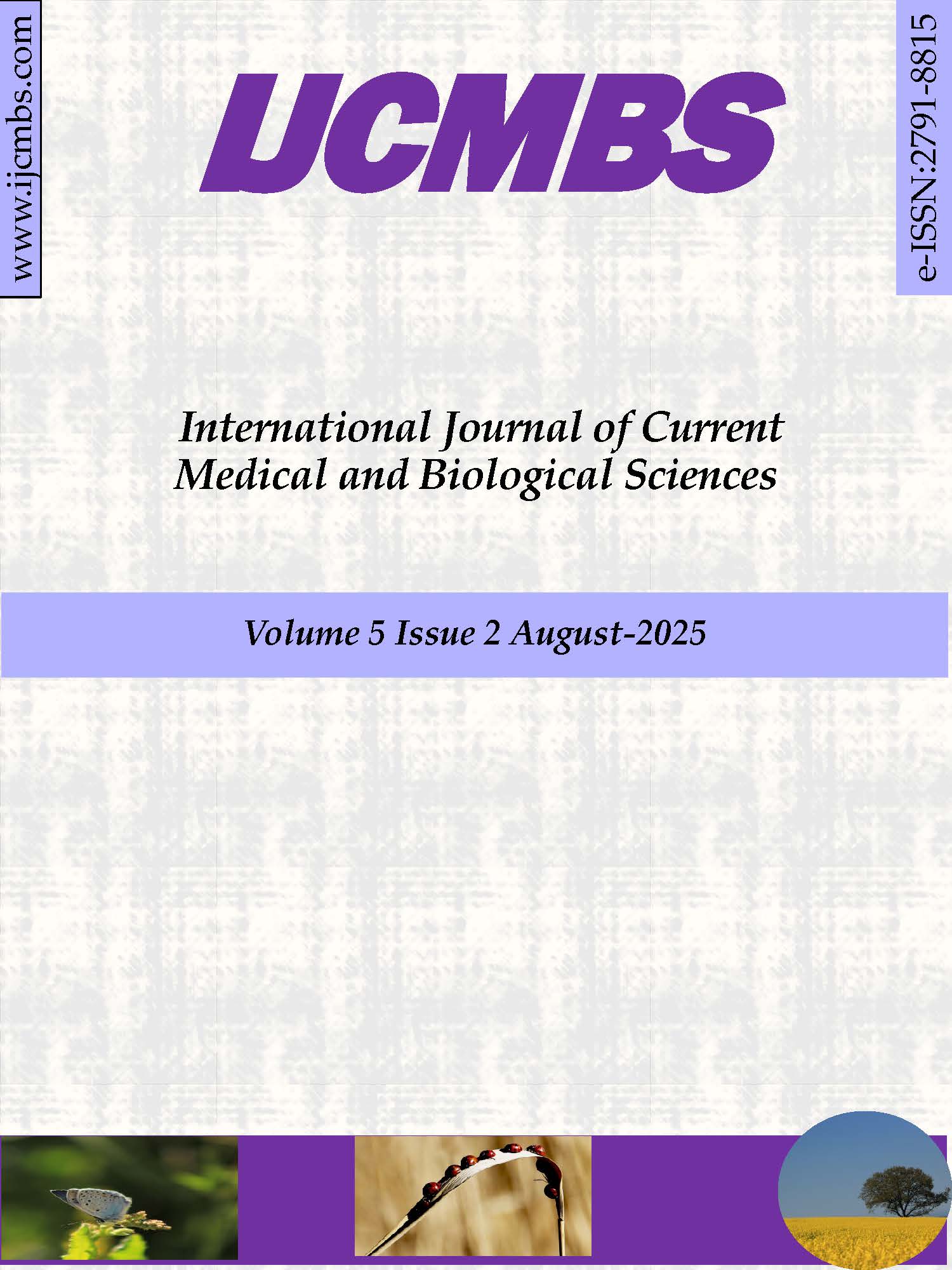Are Forensic Reports More Complete During Night Shifts? A Retrospective Study from a Secondary Hospital in Türkiye
Association between Shift and Forensic Reports Completeness
DOI:
https://doi.org/10.5281/zenodo.16041764Keywords:
Emergency department, Forensic medicine, Medical records, Night Shifts, Document qualityAbstract
Backgound: This study aimed to evaluate the completeness of forensic medical reports prepared in the emergency department and to investigate how documentation rates vary according to shift hours (in-hours vs. out-of-hours) and the presence of life-threatening conditions. The goal was to identify shortcomings in forensic reporting practices and to provide insights for improving the quality and consistency of medico-legal documentation.
Materials and Methods: This retrospective, single-center study was conducted in the emergency department of a secondary-level hospital in Sinop, Türkiye. Forensic cases admitted between May 1 and August 1, 2019, were analyzed. Data on patient demographics, shift hours (in-hours vs. out-of-hours), and completeness of various sections of forensic reports were collected and compared.
Results: A total of 311 forensic cases were included. Reports prepared during out-of-hours shifts had significantly higher completion rates in multiple sections, including complaints, past medical history, psychiatric evaluation, performed tests, and body diagrams. Patients without life-threatening conditions had more complete documentation in past medical history and psychiatric sections, while simple medical intervention notes were more frequently completed in life-threatening cases.
Conclusions: Shift hours significantly affect the completeness of forensic reports, with better documentation observed during out-of-hours shifts. Life-threatening conditions may reduce the thoroughness of documentation in certain report sections. Improving training and standardizing report protocols may enhance report quality across all settings and times.
Downloads
Published
How to Cite
Issue
Section
License
Copyright (c) 2025 Erdinç Şengüldür- Mehmet Cihat DEMİR

This work is licensed under a Creative Commons Attribution-NonCommercial-NoDerivatives 4.0 International License.








